120 kilometers northeast of Reykjavik lies Snæfellsjökull, a 700,000 year old volcano whose glacier-topped peak inspired Jules Verne’s Journey to the Center of the Earth.
Composed of layered lava, ash and other volcanic elements, the caustic mountain has preserved its conic shape despite having been largely dormant since around 200 CE. Unlike most volcanoes which harbor a steaming caldera at their apex, Snæfellsjökull’s top has traditionally been covered by a glacier. Indeed, the mountain’s very name translates to “Snæfells glacier.” Unfortunately due to rising temperatures in the area, 2012 marked the first year in recorded history that the summit of the mountain was completely free of ice. The whole area is full of amazing lava formations and caves, and there are organized trips to the summit, 1448 meters above the surrounding rocky plains.
Snæfellsjökull has long been one of Iceland’s most famous natural wonders and was even cited as the entrance to the wondrous Earth’s core in Jules Verne’s 1864 book A Journey to the Center of the Earth. The adventurers in the novel use the Stromboli volcano as their exit from the fantasy land, but their entrance to the underworld remains one of Iceland’s most awesome features.
Community Contributors
Added by
Edited by
The Atlas Obscura Podcast is Back!







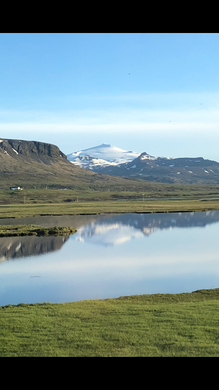
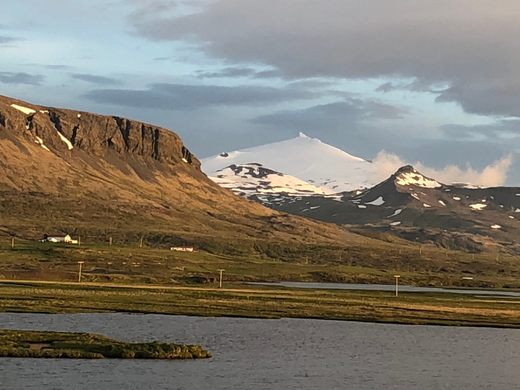
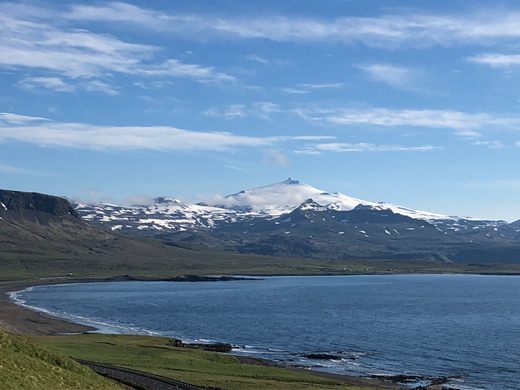
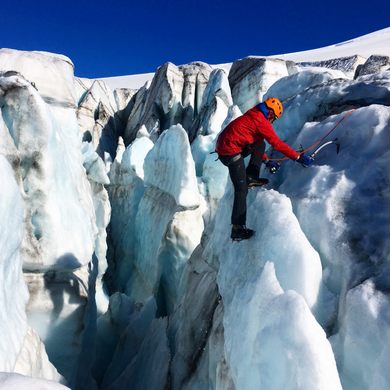









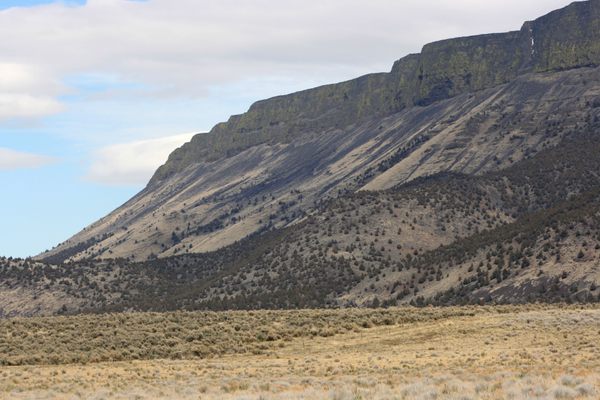



Follow us on Twitter to get the latest on the world's hidden wonders.
Like us on Facebook to get the latest on the world's hidden wonders.
Follow us on Twitter Like us on Facebook